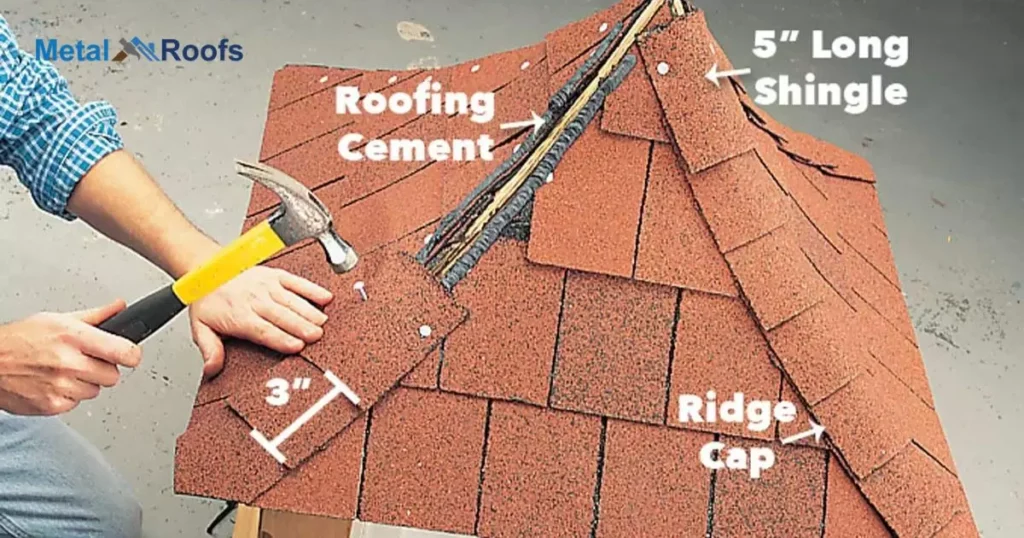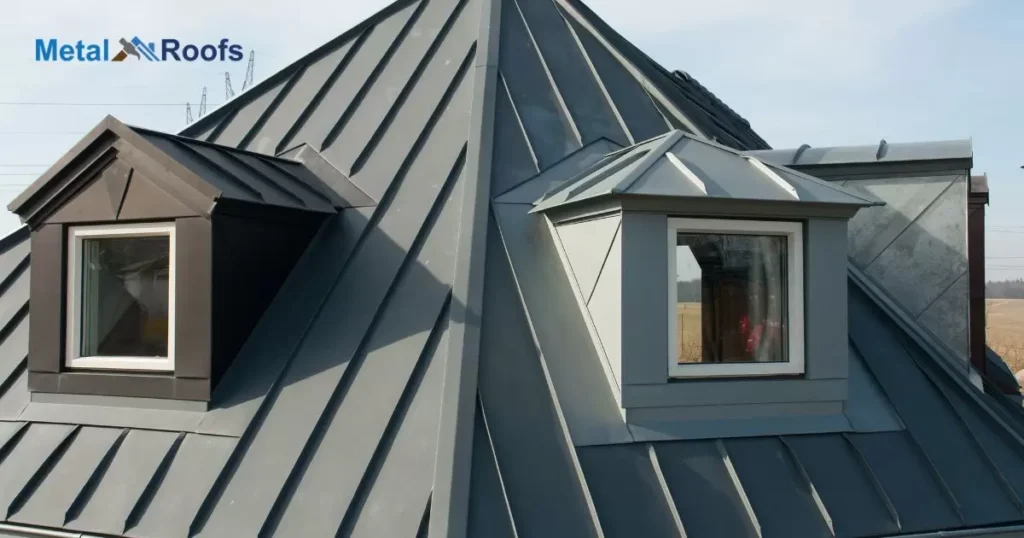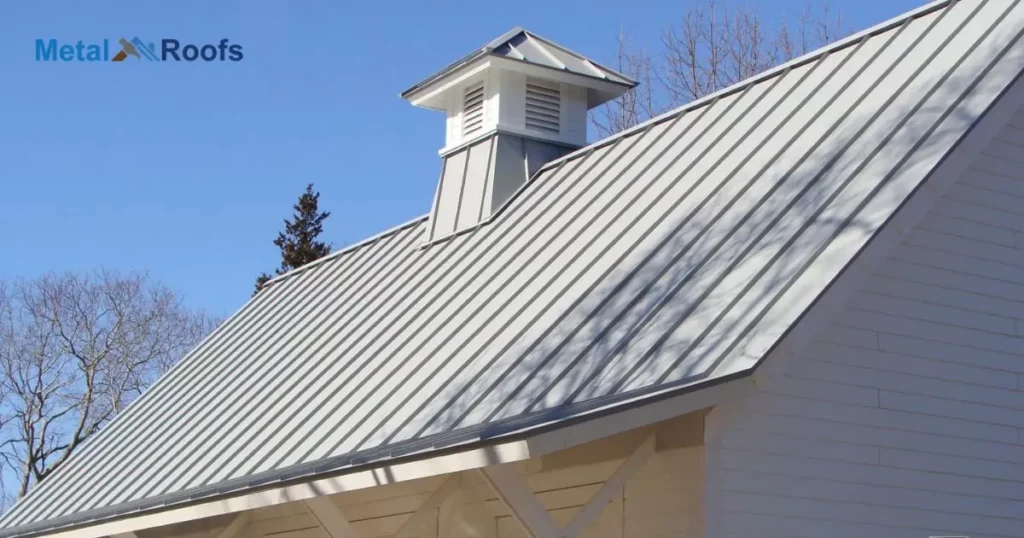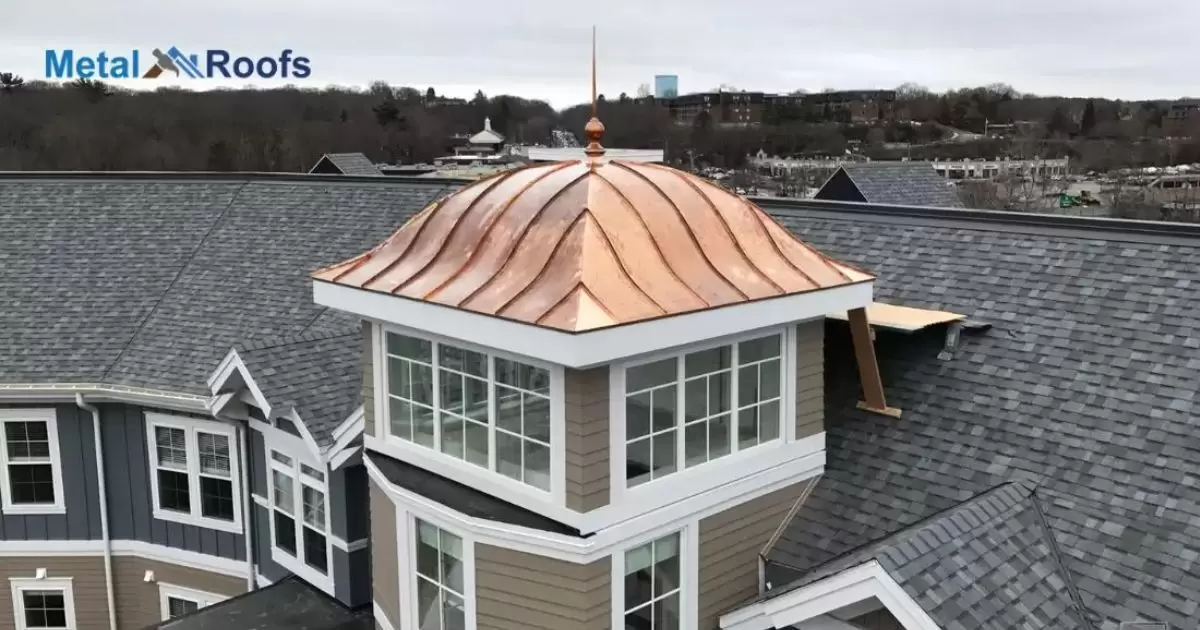A cupola is a small structure on top of a roof that provides ventilation and light into the space below; metal roofs commonly feature small round or polygonal ornamental cupolas topping their ridgeline to provide visual interest while serving a functional purpose allowing heat and moisture to escape.
A cupola adds ventilation and style, but how to install a cupola on a metal roof? It takes precision to cut the hole, install the curb, ensure waterproof flashing, and affix the structure without damaging the metal or compromising water flow. Carefully placed cuts, seals, and stable attachments are key.
Proper installation ensures the cupola functions as intended. The open sides facilitate airflow to vent heat and moisture. The curb and flashing prevent leaks. Secure fastening resists wind damage. Attention to detail creates an attractive, durable addition to the roof.
Key Takeaways
- Properly selecting the cupola size and style enhances aesthetics.
- Preparation involves marking the location, clearing roofing material, and applying sealant.
- Necessary tools include tape measure, sealant, roofing screws, and safety equipment.
- Cupolas provide ventilation, natural light, and decorative charm to buildings.
- Position the cupola at the highest point of the roof for optimal functionality and visual impact.
Steps To Prepare A Metal Roof For Cupola Installation
To prepare a metal roof for cupola installation, follow these steps:
- Choose the installation location select a structurally sound area on the metal roof that complements the building’s aesthetics.
- Determine the precise spot where the cupola will be placed and mark it on the roof.
- Clear away any existing roofing material from the marked area to create a clean and level surface.
- Use a suitable sealant or caulk to create a watertight seal around the perimeter of the installation spot.
- Ensure the surface is free from debris and dust before proceeding with the installation.
By following these steps, you can effectively prepare your metal roof for cupola installation, ensuring a secure and water-resistant result.
How To Attach The Cupola To A Metal Roof?

Attaching a cupola to a metal roof is straightforward. First, prepare the roof by marking the installation spot and clearing any obstructions. Apply sealant generously around the base of the cupola to prevent leaks. Then, secure the base firmly using screws or nails provided in the kit.
Lift the assembled cupola onto the base and align it carefully. Use screws or bolts to attach the cupola securely to the base. Ensure that the base is constructed to support the weight of the cupola and any additional features, such as metal roofing directly on plywood. Finally, double-check for stability and seal any gaps with additional caulk.
Guidelines For Proper Ventilation When Installing A Cupola
When installing a cupola, ensure proper ventilation. Place vents in strategic locations to promote airflow. Ventilation prevents heat buildup and moisture accumulation. It keeps the interior space comfortable and reduces the risk of mold.
Adequate ventilation also prolongs the lifespan of the roof materials. Remember to follow manufacturer guidelines for vent installation. Inspect and clean vents regularly to maintain airflow.
Materials And Design Options For Metal Roof Cupolas
Metal roof cupolas come in various materials and designs. Common options include steel, copper, and aluminum. These materials offer durability and weather resistance. They can also be customized to match the style of your building.
Design options for metal roof cupolas are diverse. You can choose from traditional styles with louvers for ventilation or opt for more modern designs with sleek lines.
Some cupolas feature decorative elements like finials or weathervanes, adding a unique touch to your roofline. Consider both the practicality and aesthetics when selecting the material and design for your metal roof cupola.
Installing A Cupola On A Metal RoofingOn A Metal Roof
To install a cupola on a metal roof, begin by choosing the right cupola style and size for your building. Make sure it’s designed specifically for metal roofs. Next, prepare the roof by measuring and marking the installation spot. Remove any roofing material from the area.
Secure the cupola’s base onto the marked location using sealant or caulk to create a tight seal. Then, assemble the cupola according to the provided instructions. Lift the assembled cupola onto the base and align it properly. Secure it with screws or bolts, and apply additional sealant around the joints to prevent leaks.
Secure A Cupola To A Metal Barn
To secure a cupola to a metal barn, first, select the appropriate location on the roof. Ensure it’s sturdy and won’t interfere with any existing structures. Measure and mark the precise spot where the cupola will be placed.
Prepare the roof surface by clearing away any debris or obstructions. Apply a generous amount of sealant around the perimeter of the installation area. Then, carefully lift the cupola onto the roof and align it with the marked spot. Finally, secure the cupola firmly in place using screws or bolts, ensuring a tight fit to prevent water leakage.
Design Options For Cupolas On Metal Roofs

When it comes to design options for cupolas on metal roofs, there’s a range of styles to choose from. Traditional cupolas with pointed or rounded roofs add a classic touch, while more modern designs offer sleek lines and geometric shapes.
You can also customize your cupola with features like windows, louvers, or decorative elements to match your building’s architecture. Consider factors like size, color, and materials to ensure your cupola complements your metal roof seamlessly.
Can You Put A Cupola On A Metal Roof For Ventilation And Accessibility?
Yes, you can install a cupola on a metal roof for ventilation and accessibility. Cupolas can be functional additions, providing natural airflow and light while also allowing access to the roof for maintenance purposes.
To achieve this, choose a cupola designed for ventilation with appropriate openings and louvers. Ensure the cupola is securely installed on the metal roof to prevent leaks and provide easy access when needed. With proper installation, a cupola can enhance ventilation and accessibility on a metal roof, serving both practical and aesthetic purposes.
Determine The Size And Style Of The Cupola For A Metal Roof
To determine the size and style of the cupola for a metal roof, start by considering the proportions of your building. Choose a cupola that complements its size and architectural style. Additionally, ensure the cupola’s size is proportional to the roof’s dimensions to maintain visual harmony.
Explore various cupola styles that match the aesthetic of your building. Consider factors such as the roof pitch and overall design when selecting the style. Aim for a cohesive look that enhances the appearance of your metal roof while adding architectural interest to the structure.
Steps For Installing A Cupola On A New Metal Roof
| Step | Description |
| Plan Placement | Choose an ideal spot on the new metal roof. |
| Measure and Mark | Mark the designated installation area accurately. |
| Roof Preparation | Clear debris and ensure a clean, level surface. |
| Base Attachment | Securely attach the cupola’s base with sealant. |
| Assemble Cupola | Follow instructions to assemble cupola components. |
| Lift and Secure | Lift and align the cupola onto the base; secure it. |
| Seal Joints | Apply sealant around joints and gaps for waterproofing. |
| Test Stability | Verify stability and ensure no wobbling or movement. |
| Final Inspection | Thoroughly inspect for leaks or loose fasteners. |
| Enjoy | Sit back and enjoy the enhanced aesthetics and functionality. |
What Are The Purposes Of A Metal Roof Cupola?
A metal roof cupola serves several purposes. Firstly, it provides ventilation, allowing hot air to escape from the building, especially in attics or upper floors. Secondly, it adds aesthetic charm, enhancing the architectural appeal of the structure while also serving as a focal point.
A metal roof cupola can offer natural light, illuminating interior spaces without the need for artificial lighting during the day. It can serve as a functional element, housing weather vanes or serving as a platform for flagpoles.
Overall, a metal roof cupola serves both practical and decorative functions, contributing to the functionality and visual appeal of the building.
Tools And Supplies Needed For Cupola Installation On A Metal Roof

For cupola installation on a metal roof, you’ll need the following tools and supplies:
- Essential for accurately measuring the installation area and ensuring precise placement of the cupola.
- Used to mark the location on the metal roof where the cupola will be installed.
- Necessary for creating a watertight seal around the base of the cupola to prevent leaks.
- Required to secure the cupola base to the metal roof securely.
- Used to drive in the roofing screws or nails during the installation process.
- Provides access to the roof and facilitates safe installation of the cupola.
- Gloves, goggles, and possibly a harness or safety rope to ensure safety while working at heights.
- Contains all the necessary components for assembling and installing the cupola onto the metal roof.
By having these tools and supplies on hand, you’ll be well-equipped to carry out a successful cupola installation on your metal roof.
Frequently Asked Questions
How do you place a cupola?
To place a cupola, first, determine the desired location on the roof, then secure it using sealant and fasteners according to the manufacturer’s instructions.
How do you install a functional cupola?
To install a functional cupola, measure and mark the installation spot on the roof, then securely attach the cupola base using sealant and roofing screws, ensuring proper ventilation and aesthetics.
Where to place a cupola?
Place the cupola on the highest point of the roof for optimal ventilation and aesthetic appeal. Ensure it’s positioned symmetrically and complements the overall architecture of the building.
Conclusion
A cupola is an eye-catching roof addition. Following proper technique secures correct placement. Precise cuts in the roof allow settling without leaking. Careful sealing and flashing stop water ingress. Correct materials stand up to weather over time when properly installed.
With care a metal roof can support a cupola. Step-by-step process prevents repairs later. Proper measurements ensure good alignment. Quality materials resist corrosion and decay. Attention to detail creates attractive airflow and lighting for years to come.











